Construction can be a risky business. With factors like heavy machinery and extreme heights in play, it’s no wonder that construction sites have a higher risk of accidents. The construction industry accounts for 18% of worker fatalities in the United States, according to the Bureau of Labor Statistics (BLS) report.
For this reason, construction safety should be a top priority for any project, big or small. In this article, we’ll discuss five essential elements that are crucial to maintaining safety in the workplace. We’ll also discuss how Stronghold Engineering is leading the charge to transform the construction industry into a safer work environment for all.
Our 5 Tips on Maintaining Construction Safety
At Stronghold Engineering, we value our worker’s safety more than anything else. Here are our top 5 tips to do just that.
1. Creating a Culture of Safety
Safety should never be an afterthought—it should be a core value of all construction projects. This can be achieved by fostering a culture of safety within your organization. Promote open communication and encourage workers to report hazards and incidents whenever they see them.
As the leader of the company, it’s up to you to set the tone and lead by example. When workers see that safety is a top priority for management, they are much more likely to take it seriously as well.
2. Comprehensive Safety Training
Proper safety training is crucial for all employees, from new hires to seasoned workers. Training should cover topics such as the following:
- Hazard recognition
- Equipment operation
- Emergency procedures
- Task-specific training
In addition to initial training, regular refresher courses should be conducted to ensure that everyone is up-to-date on the latest safety protocols. This also provides an opportunity for workers to ask questions and address any concerns they may have.
3. Robust Safety Protocols and Procedures
Establish and maintain a secure construction environment through clear safety protocols, which include regular inspections of equipment and work areas to promptly address potential hazards.
In addition, safety audits ensure ongoing effectiveness, while tailored protocols based on risk assessments address project-specific challenges. Continuous education and training reinforce safety, which contributes to the overall success and efficiency of construction projects.
4. Personal Protective Equipment (PPE)
Would you rather wear a hard hat that effectively protects your head or a cheaper one that may not do the job? Only select the best equipment for your employees—this includes hard hats, safety glasses, and high-visibility vests. Workers should also receive training on how to properly use and maintain their PPE. If you’re unsure of how to determine quality, ask yourself these questions:
- Does it meet regulatory standards?
- Is it comfortable to wear for extended periods of time?
- Is it durable and able to withstand potential hazards?
Investing in quality PPE is investing in the safety of your workers.
5. Incident Reporting and Learning from Near Misses
Encourage prompt and honest incident reporting. When incidents occur, it’s crucial to investigate thoroughly and address the root cause. This not only helps prevent future accidents but also shows workers that construction safety is a top priority.
Additionally, near misses should be reported and analyzed as well. These are incidents that could have resulted in harm but didn’t. By learning from near misses, you can identify potential hazards and make necessary changes to prevent future accidents.
Stronghold Engineering’s Commitment to Safety
At Stronghold Engineering, we never take safety lightly. With over three decades of experience in the construction industry, we understand the importance of maintaining a safe working environment for our employees and clients. That’s why we strive to embody and exceed these five essential elements of construction safety for every project.
In fact, we recently received recognition at the AGC of California Safety Excellence Awards by winning 1st place in the Build Division for Under 500,000 Worker Hours. This only further solidifies our commitment to maintaining construction safety.
Construction may be a risky business, but we hope to set an example for other companies in the industry by prioritizing the safety of our workers and creating a culture of safety within our organization.
Partner with Stronghold Engineering for Unparalleled Construction Safety
Never compromise when it comes to the safety of your employees. At Stronghold Engineering, we’ve committed ourselves to providing top-notch construction services while also maintaining the highest of safety standards. Contact us today to learn more about our services and how we prioritize safety in all of our projects.

